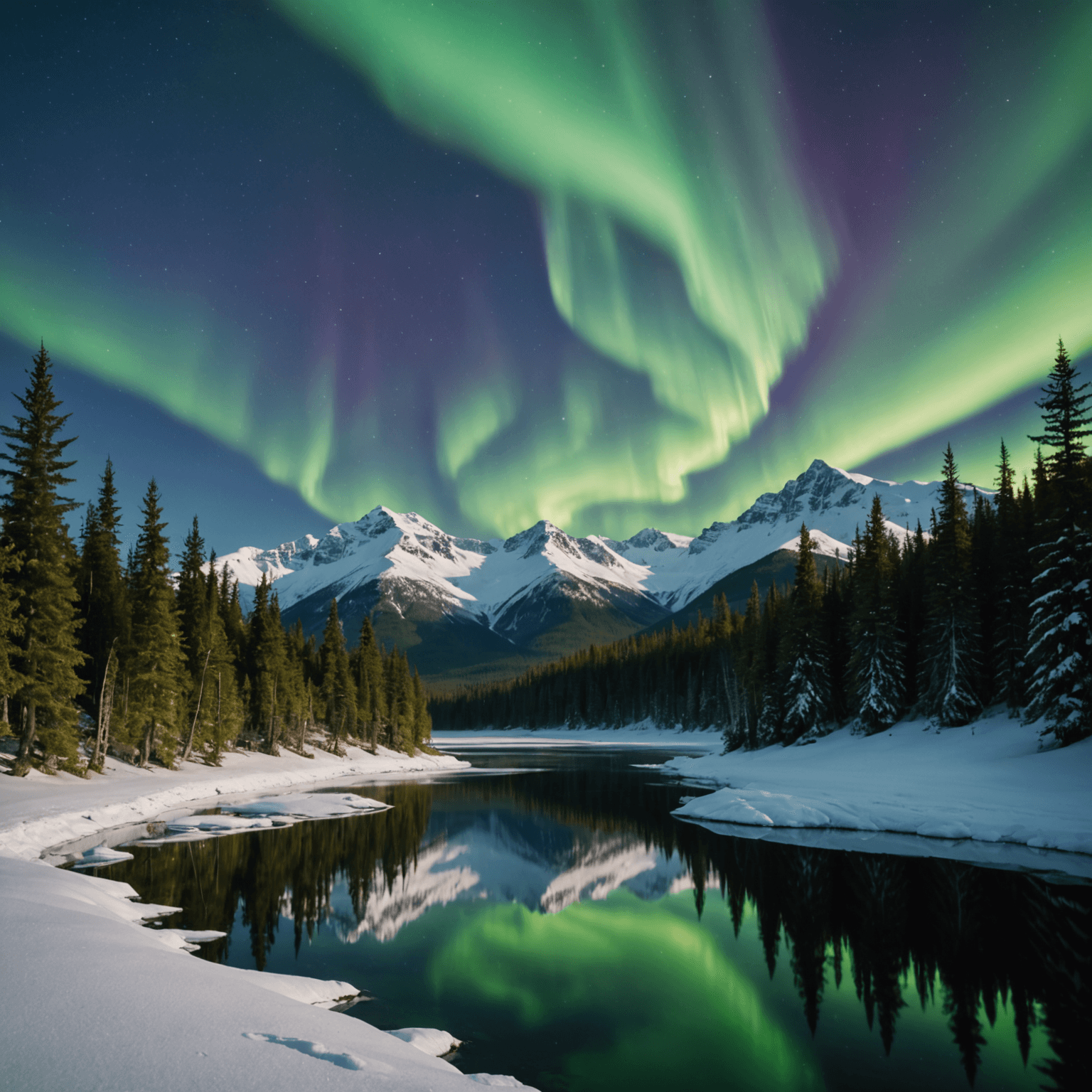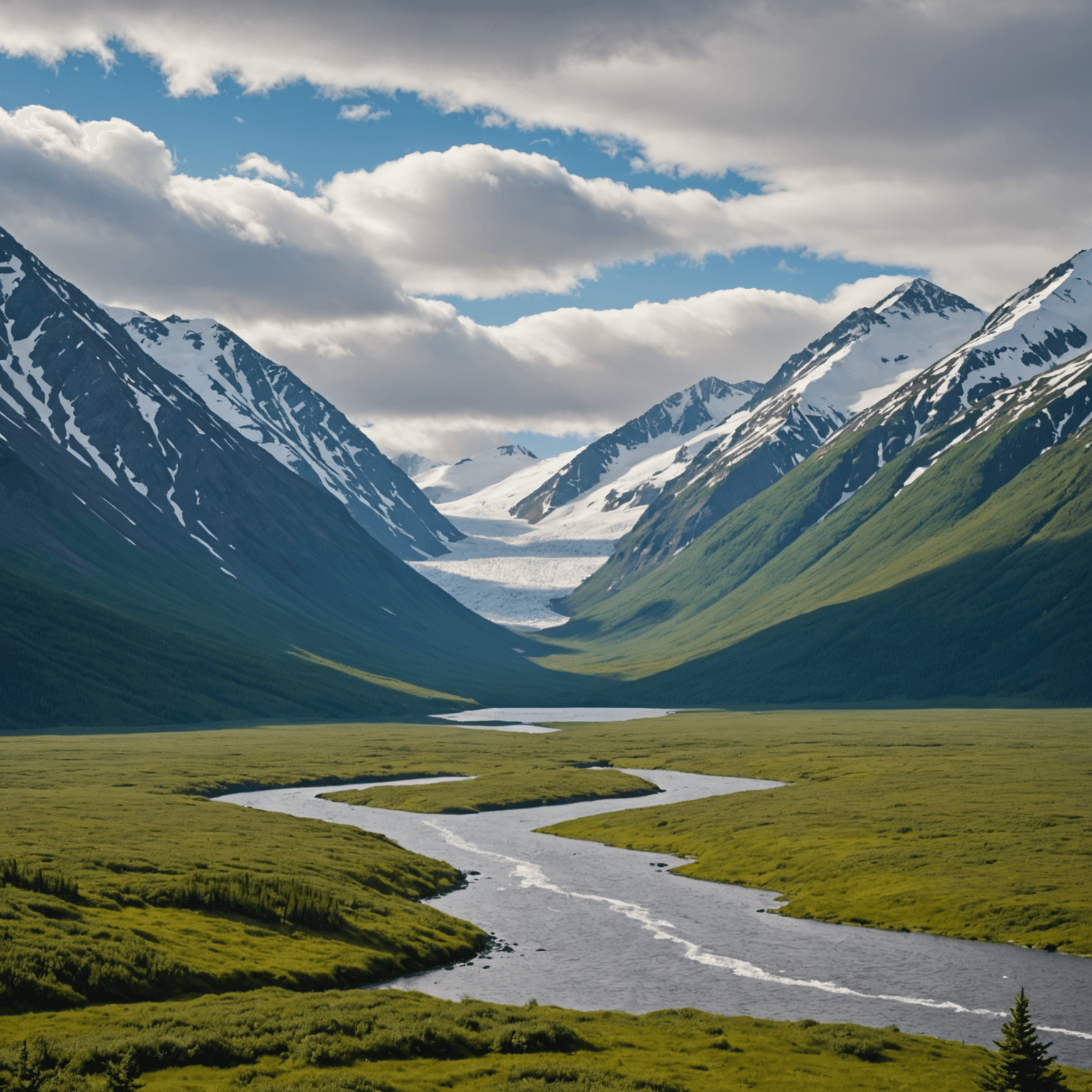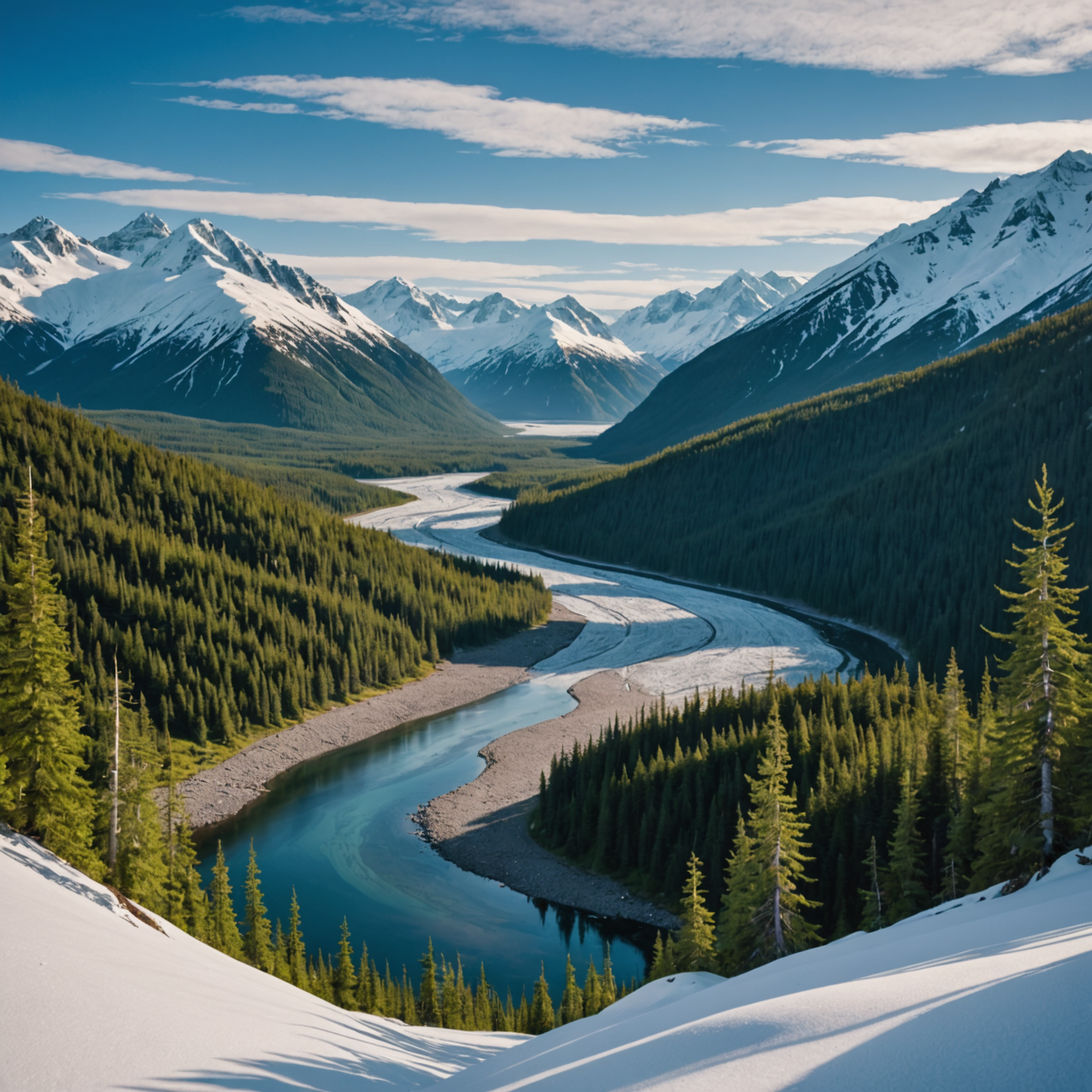Introduction
Dog mushing, a practice deeply woven into the fabric of Alaskan culture, is more than just a sport or transportation method—it’s a way of life. From the icy terrains of the Arctic to the bustling trails of Skagway, dog sledding has been a significant part of Alaska’s history. This blog post delves into the fascinating history and use of dog mushing sleds, focusing on the vibrant tradition of Skagway dog sledding.
The Origins of Dog Mushing
Dog mushing originated with Indigenous peoples of the Arctic regions, who utilized sled dogs for hunting and transportation. The earliest forms of dog sledding were likely developed by the Inuits and other native groups who relied on these hardy canines to traverse vast, snowy landscapes. The dogs were bred for endurance, strength, and the ability to work as a team, qualities that remain crucial in modern sledding.
The introduction of the sled dog to Alaska is attributed to the Gold Rush era of the late 19th and early 20th centuries. Prospectors and adventurers flocked to Alaska, and dog sleds became indispensable for transporting goods and navigating the treacherous terrain.
The Evolution of Sled Design
Initially, sled designs were simple, utilizing materials readily available in the environment. Traditional sleds were made from wood and sinew, with the shape and structure varying among different cultures and regions. Over time, sled design has evolved significantly, incorporating modern materials and technology to improve efficiency and safety.
Today, sleds are crafted from lightweight metals and plastics, designed to endure harsh conditions while providing comfort to both mushers and dogs. This evolution in design has been crucial for competitive events like the Iditarod and for recreational activities such as Skagway dog sledding.
Dog Sledding in Skagway
Skagway, known for its rich history and stunning landscapes, is a prime location for dog sledding. The town’s proximity to the Klondike Gold Rush National Historical Park offers a unique backdrop for exploring the roots of sled dog culture. Visitors can experience the thrill of Skagway dog sledding by venturing into the snow-laden trails, guided by experienced mushers and their teams of eager sled dogs.
Why Skagway?
Skagway’s location and climate make it ideal for dog sledding. With its long winters and abundant snowfall, the region offers perfect conditions for both traditional sledding and modern variations, such as wheeled sleds used during the warmer months. Those interested in the full Alaskan experience can explore various Alaska winter tours, which often include dog sledding as a highlight.

Cultural Significance and Modern Use
Dog mushing is more than just a mode of transportation or a competitive sport; it is a cultural heritage that connects modern Alaskans to their past. The Iditarod Trail Sled Dog Race, for example, is a testament to this tradition, commemorating the 1925 serum run to Nome. The race not only challenges mushers and their teams but also educates and inspires people worldwide about the history and significance of dog sledding.
In Skagway, dog sledding tours provide an opportunity for visitors to engage with this unique aspect of Alaskan culture. These tours often include educational components, teaching participants about the history, care, and training of sled dogs. For those looking to explore beyond Skagway, Alaska spring tours offer diverse experiences that highlight the state’s natural beauty and cultural heritage.
The Role of Sled Dogs
Sled dogs are the true heroes of the mushing world. Breeds such as Alaskan Huskies and Siberian Huskies are renowned for their endurance, speed, and ability to work in extreme conditions. Training begins when the dogs are young, focusing on building teamwork and trust between the musher and the dogs.
Sled dogs are not only athletes but also beloved companions. The bond between musher and dog is evident in the care and attention given to their well-being, from nutrition to training regimens. This relationship is a cornerstone of successful dog sledding, ensuring the safety and performance of the team.

Conclusion
Dog mushing sleds have played a vital role in Alaskan history, from their origins with Indigenous peoples to their modern-day use in recreational and competitive events. Skagway, with its rich heritage and stunning landscapes, continues to be a hub for dog sledding enthusiasts. Whether you’re looking to learn about the history or experience the thrill firsthand, Skagway dog sledding offers a unique window into this fascinating world.
For those planning to experience the wonders of Alaska, consider exploring various combo tours that include dog sledding as part of a broader adventure.
FAQ
1. What is the best time to go dog sledding in Skagway?
The best time for dog sledding in Skagway is during the winter months, from November to March, when snow conditions are optimal. However, some tours offer wheeled sledding experiences during the warmer months.
2. How many dogs are typically on a sled team?
A typical sled team can consist of 8 to 16 dogs, depending on the distance and type of terrain. The number of dogs ensures that the team can maintain a steady pace and distribute the workload evenly.
3. Are there any age restrictions for dog sledding tours?
Most dog sledding tours welcome participants of all ages, but specific age restrictions may apply depending on the tour provider. It’s best to check with the tour company for their specific guidelines.
4. How are sled dogs trained for mushing?
Sled dogs begin their training at a young age, focusing on obedience, strength, and endurance. Training involves running in harness, learning commands, and building teamwork with the musher and other dogs.
5. What should I wear for a dog sledding adventure?
Dressing in layers is essential for a dog sledding adventure. Warm, waterproof clothing, insulated boots, gloves, and a hat are recommended to stay comfortable in the cold conditions.
6. Can I interact with the sled dogs during a tour?
Yes, most tours allow for interaction with the sled dogs. Visitors often have the opportunity to pet and take photos with the dogs, enhancing the overall experience.
7. Why is dog mushing important to Alaskan culture?
Dog mushing is an integral part of Alaskan culture due to its historical significance as a primary mode of transportation and its role in important events like the 1925 serum run to Nome. It continues to be celebrated through races and tours that educate and entertain.
8. Are there any safety concerns with dog sledding?
Like any outdoor activity, dog sledding comes with certain risks. However, professional tour operators prioritize safety by using experienced guides, well-trained dogs, and ensuring that participants are properly equipped for the conditions.


